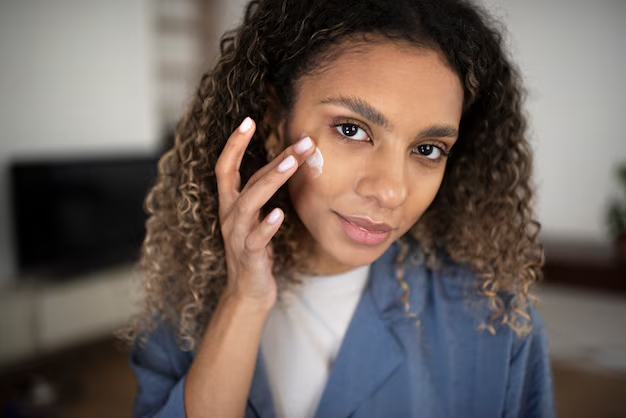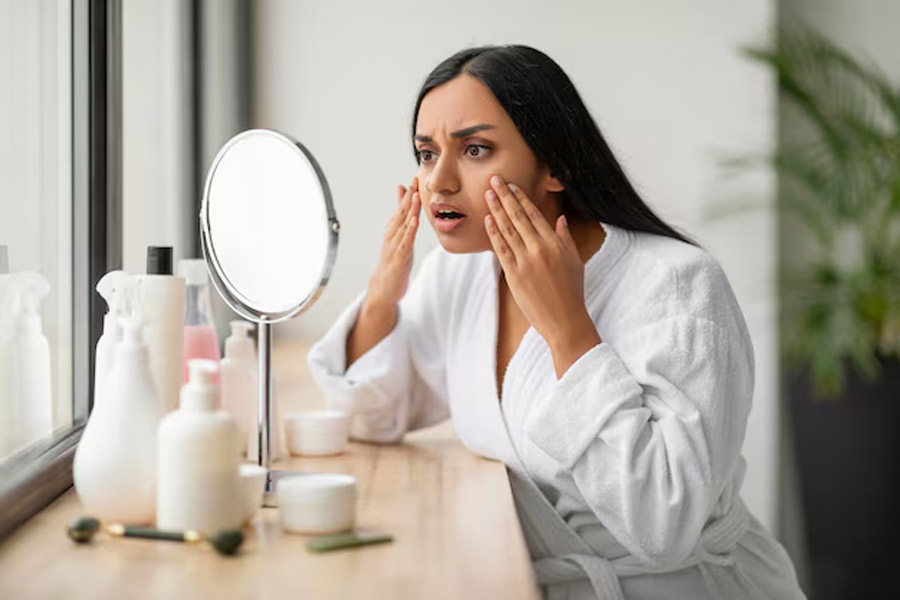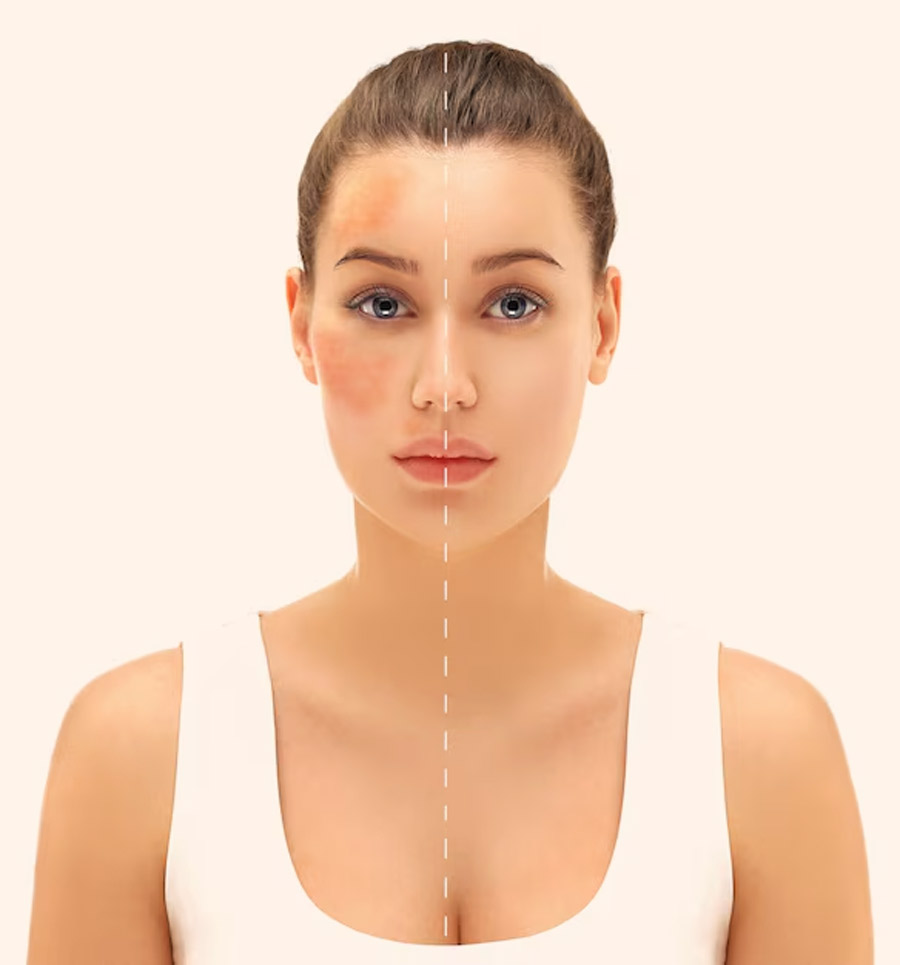
Ways To Get Rid of Hyperpigmentation: Hyperpigmentation, those stubborn dark patches on your skin, can feel frustrating. Hyperpigmentation is a common skin condition where certain areas become darker due to excess melanin production. It can be triggered by sun exposure, hormonal changes, inflammation, or skin injuries.
But with the right approach, you can gradually fade them and even out your complexion. We consulted skincare expert Dr Mandeep Singh, HOD of Plastic Dermatology and Cosmetic Surgery at Paras Health, Gurugram, to share the safest and most effective ways to get rid of hyperpigmentation.
The most crucial step in treating hyperpigmentation is daily sun protection. “Effective treatment of hyperpigmentation tops off with daily use of broad-spectrum sunscreen (SPF 30 or above), as melasma worsens from sun exposure,” explains Dr Mandeep Singh.

Sunlight stimulates melanin production, deepening pigmentation. Choose a high‑quality, UV‑protective product and reapply frequently during the day to prevent new spots.
To reduce existing pigmentation, Mandeep Singh recommends several clinically backed activities. “Topicals such as hydroquinone, azelaic acid, niacinamide, vitamin C, and retinoids primarily work in reducing melanin formation to bring about an improvement in the skin tone.”
These ingredients inhibit melanin synthesis and encourage skin renewal. Use them as directed, typically every evening, and always pair them with sunscreen the following day to avoid irritation and maximise results.
If topical treatments aren’t enough, speak to a dermatologist about in‑office options. For recalcitrant hyperpigmentation, full-fledged chemical peel or laser treatments may be recommended. The National Institutes of Health (NIH) states, “Topical therapy is the recommended first-line treatment, with the gold standard being hydroquinone, which can be used alone or in combination with other agents.”

Full‑strength chemical peels and laser therapies can make a significant difference in persistent hyperpigmentation or melasma. These procedures should be tailored to your skin type and carried out by experienced clinicians to avoid side effects.
Don't miss: Gel Nail Aftercare: How To Hydrate Your Nails And Cuticles After Gel Manicures
Keeping the skin hydrated can help improve its overall appearance of dark spots and allow topical treatments to absorb more effectively. Avoid picking or scratching, as this can worsen hyperpigmentation and cause further inflammation. Vitamin C is a potent antioxidant that can help brighten the skin and reduce the appearance of dark spots.
Don't miss: 4 Top Korean Hair Repair Oils You Can Get in India

“Be patient and consistent, as results come slower, while rushing an attack may cause irritation or worsening of pigmentation. The doctor should always be consulted to come up with the most suitable treatment plan for oneself,” says Dr Mandeep Singh.
A professional doctor can tell you about your skin, suggest the most effective combination of topical and procedural options, and monitor your progress safely.
For more such stories, stay tuned to HerZindagi.
Image credit: Freepik
Also watch this video
Herzindagi video
Our aim is to provide accurate, safe and expert verified information through our articles and social media handles. The remedies, advice and tips mentioned here are for general information only. Please consult your expert before trying any kind of health, beauty, life hacks or astrology related tips. For any feedback or complaint, contact us at compliant_gro@jagrannewmedia.com.